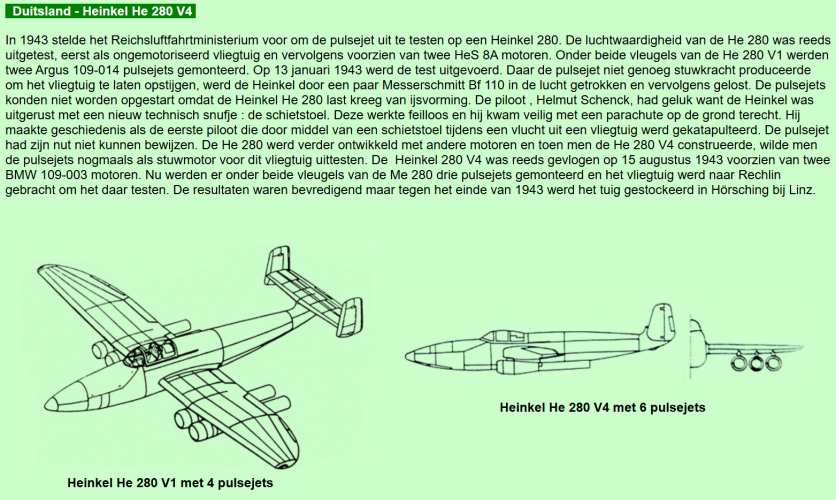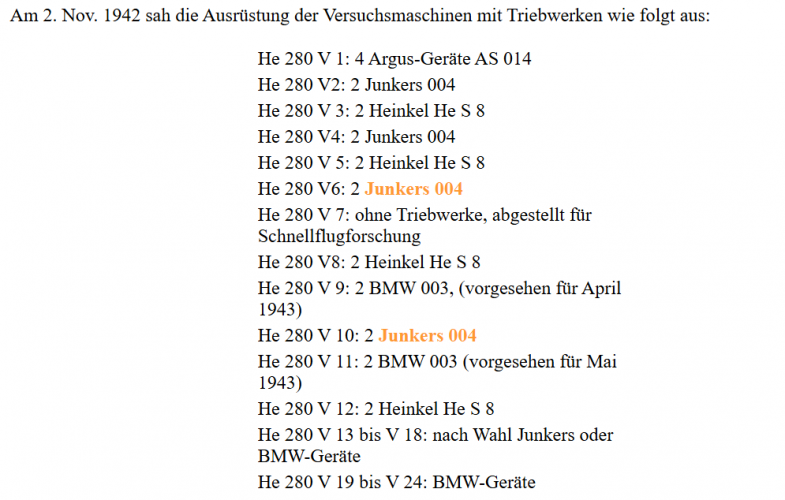- Joined
- 11 June 2014
- Messages
- 1,541
- Reaction score
- 2,899
In late 1943, flight tests of the Messerschmitt Me 328 V3 transported on a bomber Do 217 in Mistelschlepp configuration started in Hörschling-Linz airfield. The plane was the prototype of the future Me 328 A, the fighter version of the programme ...
Subsequent tests showed that this type of engines were useful only when the plane was flying at relatively low altitudes and speeds and the RLM concluded that the Me 328 could not be used as a fighter.
The history of German pulsejet development seems to be rather complex. Paul Schmidt has generally been given credit for patenting the German pulsejet in 1930, but Guenther Diedrich of Argus seems to have claimed that Schmidt's design was unworkable and that the As 014 was actually a device of his invention, thanks to his innovative mixture formation process. Anyway, the Argus pulsejet was first tested in a car during February 1941, then flight tested using a Go 145 in April 41.
This appears to have attracted the interest of the RLM, and Messerschmitt was particularly enamoured by the concept. The P 1079 series of fighter and bomber designs was drawn up some time between April 41 and July 41 (when the P 1079 report came out). That same month, Messerschmitt test pilot Karl Baur carried out tests using a DFS 230 glider fitted with a pair of Argus pulsejets under its wings, towed by a He 45, at Ainring.
Presumably these tests were enough to sow the seed of doubt about the utility of pulsejets as a propulsion system for piloted aircraft because in 1942 it was decided that they would be used primarily for Kirschkern (Argus duct, Robert Lusser of Fieseler's airframe, Askania guidance, Wankel spring valves, LFA wind tunnel tests and DFS development), aka Fi 103, aka V1.
Messerschmitt persisted with the idea of using the Argus duct to propel a fighter and the P 1079 had received the Me 328 designation by March 1942 at the latest. From March to September 1942, the Me 328 was presented in various fighter, bomber, reconnaissance etc. forms but by December the idea of using it as a fighter had been ditched.
Messerschmitt issued the 'Me 328 B Leichtes Schnellkampfflugzeug' brochure on December 15, 1942, which firmly fixed the purpose of the 328 as a bomber. There are no known mentions of it as a fighter beyond this point (apart from the turbojet-powered Me 328 C, but that's another story).
The Me 328 prototypes built up to this point as test vehicles arbitrarily became 'Me 328 A' types (in much the same way that the Me 163 A was the test vehicle and the Me 163 B was the production model) and work commenced very slowly on the Me 328 B prototypes. However, no series production order was ever received by Messerschmitt for the Me 328. Even though the design of the As 014 was effectively fixed from Dec 41 onwards, Messerschmitt seems to have believed that the duct would eventually be cured of its vibration and other issues - which it eventually, reportedly, was by the FGZ shortly before the war ended. And you have to remember that the Argus As 014 was being built in large quantities and worked well enough for flying bombs - so there remained some sort of potential in the ducts for powering small winged vehicles. There were even 'Mistelschlepp' flight tests of the first Me 328 B prototype during 1944 using a Do 217 K-3, of which photos exist.
Hanna Reitsch's group got permission to develop the 328 (at Gotha and JSF, rather than Messerschmitt itself) as a suicide weapon for a while and even after that notion had been dropped, towards the end of 1944, the success of the V1 prompted a resurgence of interest in the As 014 for piloted aircraft. Argus, however, seems to have been very keen to dissuade any aircraft company from using it for this purpose (such as Blohm & Voss with the P 213), and rightly so.
Last edited:



